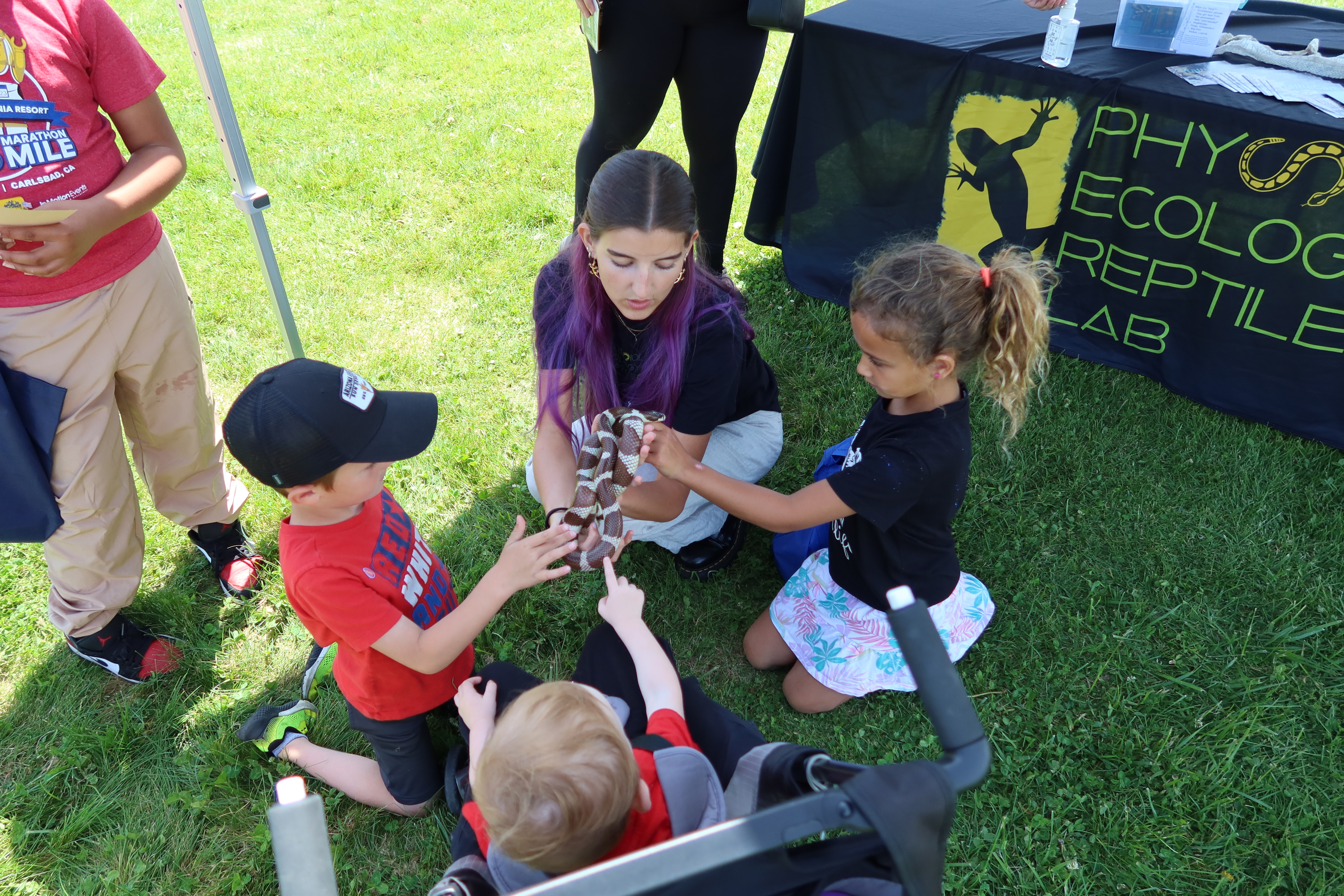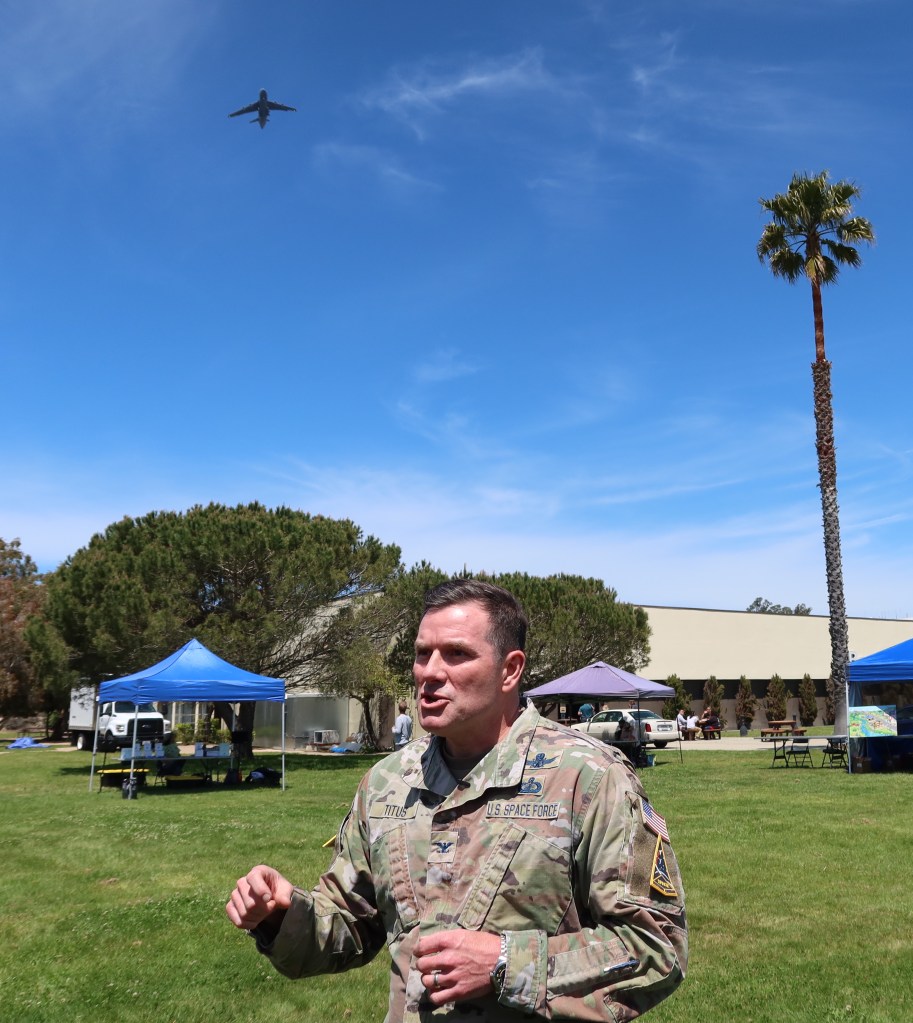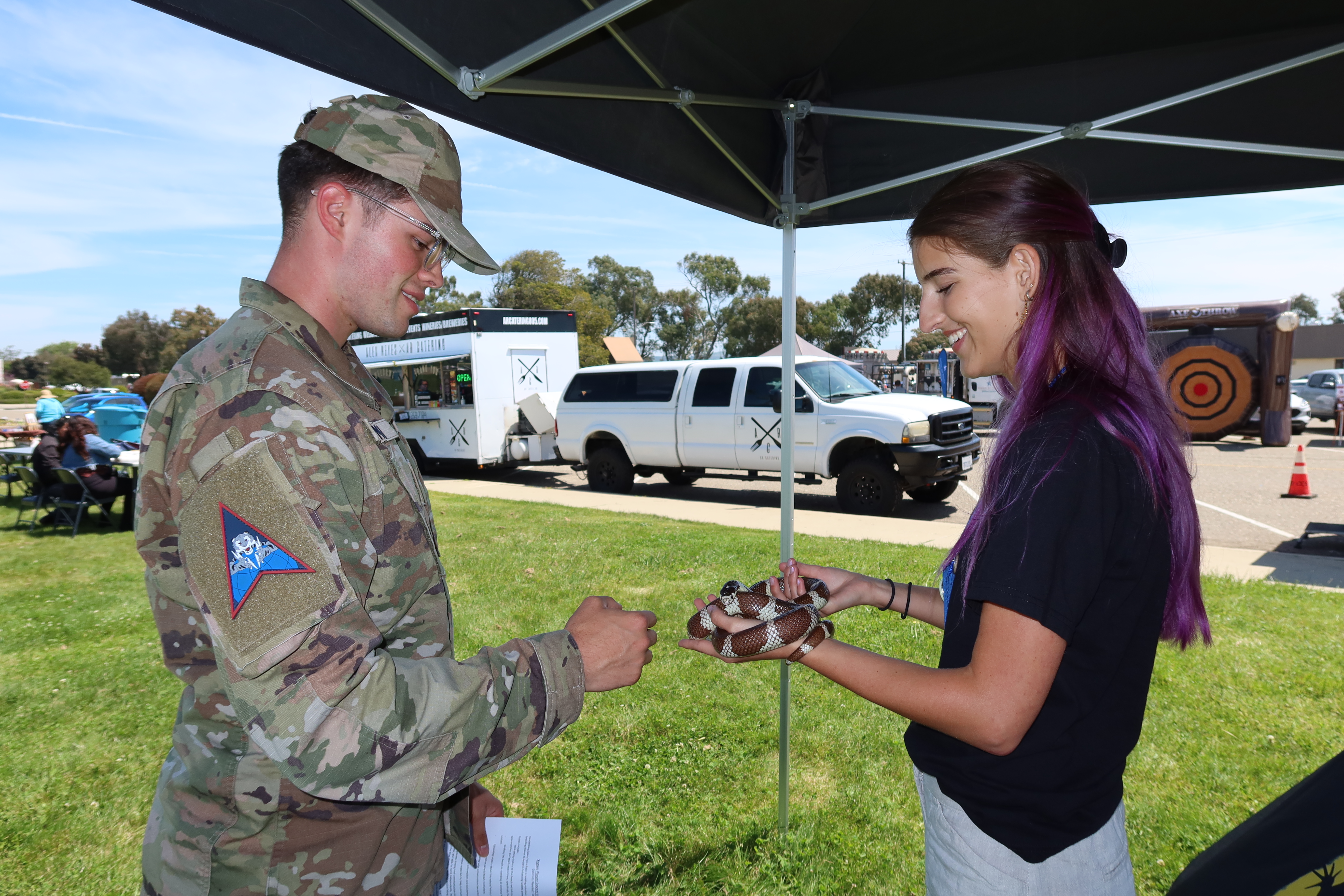Earth Day at the Space Base
Vandenberg Space Force Base Celebrates Conservation Following Launch Increase Concerns

To mark the advent of Earth Day on April 22, Vandenberg Space Force Base educated its community last Wednesday on the conservation efforts and opportunities at the nearly 100,000-acre base, which encompasses 42 miles of coastline.
The conservation efforts at Vandenberg, located along the shores of north Santa Barbara County, recently have come into focus after the California Coastal Commission discussed increasing the number of launches permitted from the base, but ultimately tabled the issue until its May meeting.

Colonel Bryan Titus, vice commander of Space Launch Delta 30, spoke about the concerns, noting that he plans to address all of the commissioners’ concerns at the hearing and that launch cadence is important, but being considered alongside protection of Vandenberg’s vast natural resources.
“Should these commercial launch companies be considered part of the federal consistency determination process?” Titus asked. “What about the sonic booms that we’re hearing in Ventura County? How do we know the increase is not going to harm species? So the next time I have an opportunity to talk with [the Coastal Commission], we’re gonna walk through that and try to map that out long term.”
Vandenberg’s Earth Day event featured booths from businesses and organizations, from a station to recycle e-waste to a booth dedicated to signing up new docents to educate visitors on how to protect the snowy plover birds that reside on the coastal areas of the base. Servicemembers and their families also enjoyed food trucks and tossed frisbees as children ran across the grassy field.
Chief of environmental conservation at Vandenberg Samantha Kaisersatt works daily to ensure the base is actively engaging in conservation efforts to benefit plants, animals, land, ocean, and the human environment. She emphasized the Earth Day event was an opportunity for outreach and to spread the word on her team’s efforts and ways the base community could get involved.
“It’s important for us to educate the base and the local community on ways that they can help conserve species,” Kaisersatt said. “So, we have lots of volunteer programs, including western Monarch butterfly counts and marine mammal monitoring, that people can volunteer and get involved in. It also helps educate the public on environmental conservation measures here on the base.”

Titus and Kaisersatt emphasized the importance environmental conservation has in all operations on the base and that plant, animal, and human safety are paramount.
Emma Reardon, a second-year environmental management and protection major at California Polytechnic State University, San Luis Obispo, ran a booth at the event with Dorkus, a California kingsnake that’s at least 20 years old.
Many curious children approached Reardon’s booth — part of Cal Poly’s Physiological Ecology of Reptile Lab — reveling in the chance to hold the smooth, scaly reptile. She encouraged the children and adults to practice gentleness with Dorkus, while she educated them about the species, highlighting unique features such as the acute sense of smell it possesses.
Reardon said the lab tables at events such as the Earth Day celebration so they can destigmatize snakes and highlight their gentleness to the public to encourage respect and conservation.
“Snakes a lot of times have stigmas associated with them, so letting kids interact with live snakes in a healthy, safe way can do a lot for people understanding that they don’t need to run over snakes, kill snakes, or anything like that,” Reardon said.

You must be logged in to post a comment.